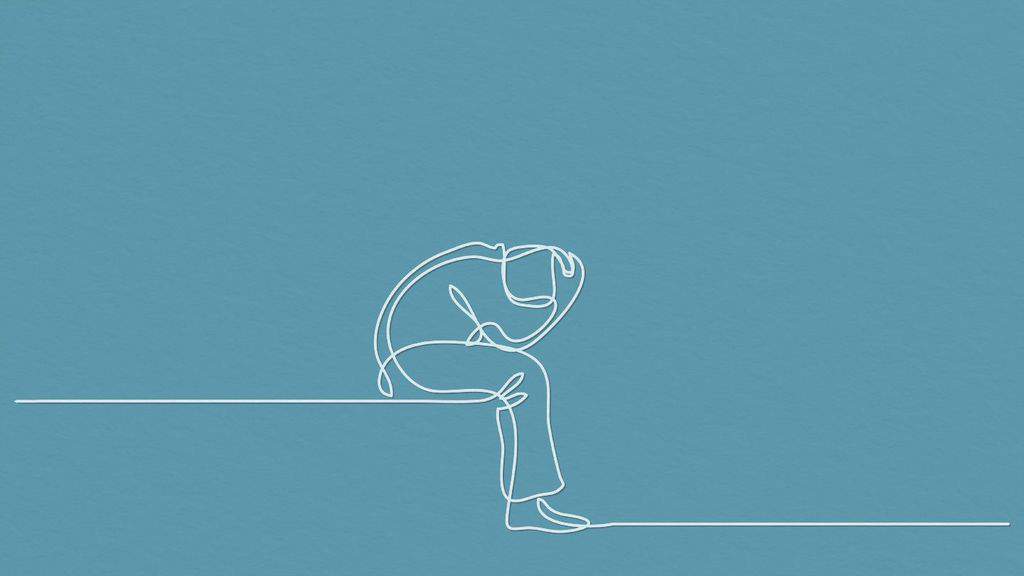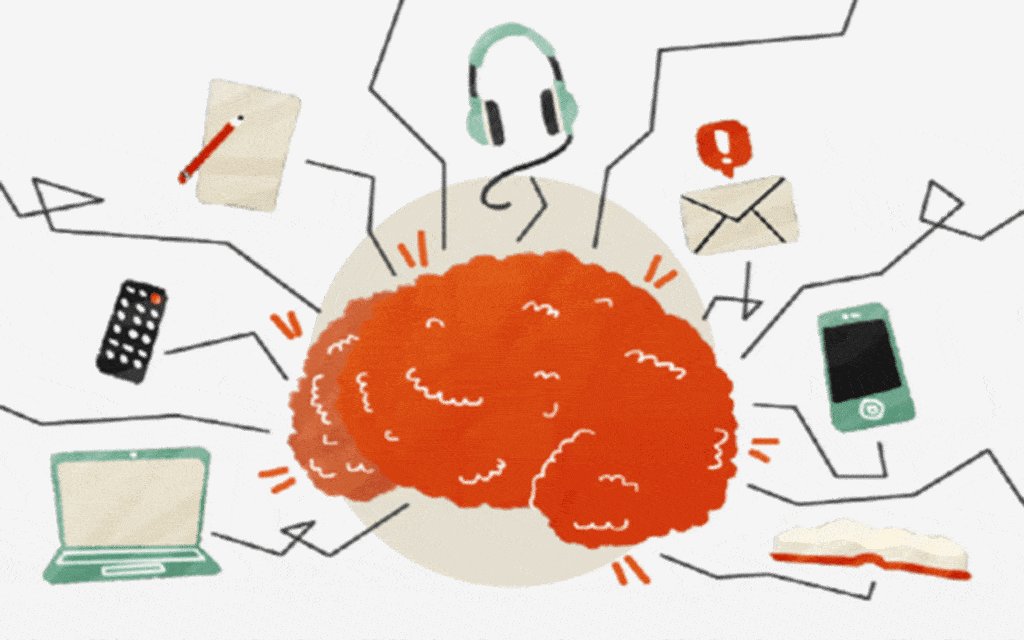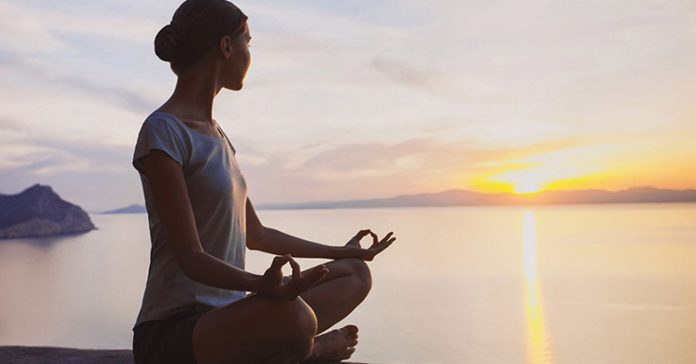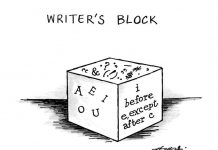Meditation continues to be on the rise. As more and more people realize that meditating isn’t some kind of New Age trend, but rather a traditional way to take care of the body and mind, interest in learning how to meditate grows. So what exactly is meditation?
Meditation Exercise
In simple terms, meditation is a way to clear the mind of all thoughts and think about nothing.

Sound easy? If you have never tried to meditate, try this following experiment. Sit down on a chair while keeping a straight posture and your feet on the ground. Begin to take deep slow breaths.
Close your eyes and attempt to think about nothing. Notice how many random thoughts keep coming into your mind. Now remember the idea of the experiment is to make your mind think about nothing. Were you able to do this? Most people can’t the first time they try.

Meditation Mind
So why is it so hard to think about nothing? It’s because our brains are used to having all sorts of thoughts pass through continuously. Think of it like multi-tasking. A person might be talking on the phone, cooking dinner, and watching TV all at the same time; the same thing that can happen with the brain.

Even if a person tries, it’s difficult to block thoughts from coming to mind. Meditation is a process that involves working to quiet the mind.
- What Is Aromatherapy Vs. What Are Essential Oils?
- What is La Tomatina in Bunol, Spain Like? What to Expect at the Famous Tomato Throwing Festival
Why Meditate?
So, is there a point to learning how to quiet the mind and teach it to think about nothing? There are many reasons that learning this technique can be beneficial in life. One can have better focus and concentration, use meditation for healing purposes, and use it to access higher levels of consciousness.

However, training the mind can take time. In order to meditate properly, certain techniques must be mastered. Sitting meditation is one of the most common meditation techniques used. This is where proper posture must be learned. In addition, one must learn to breathe properly. Breathing meditation explores breath techniques, which are necessary to achieve maximum benefits from meditation.

Although initially it may seem simple to think about nothing, some practitioners spend months trying to master the technique. If thinking about learning to meditate, know that there are many benefits associated with it including better health, stress reduction, increased intuitiveness, and better creativity.
Even though the thought of meditation can initially seem easy, it takes time to train the brain to reap all of the rewards that meditation can bring.


















